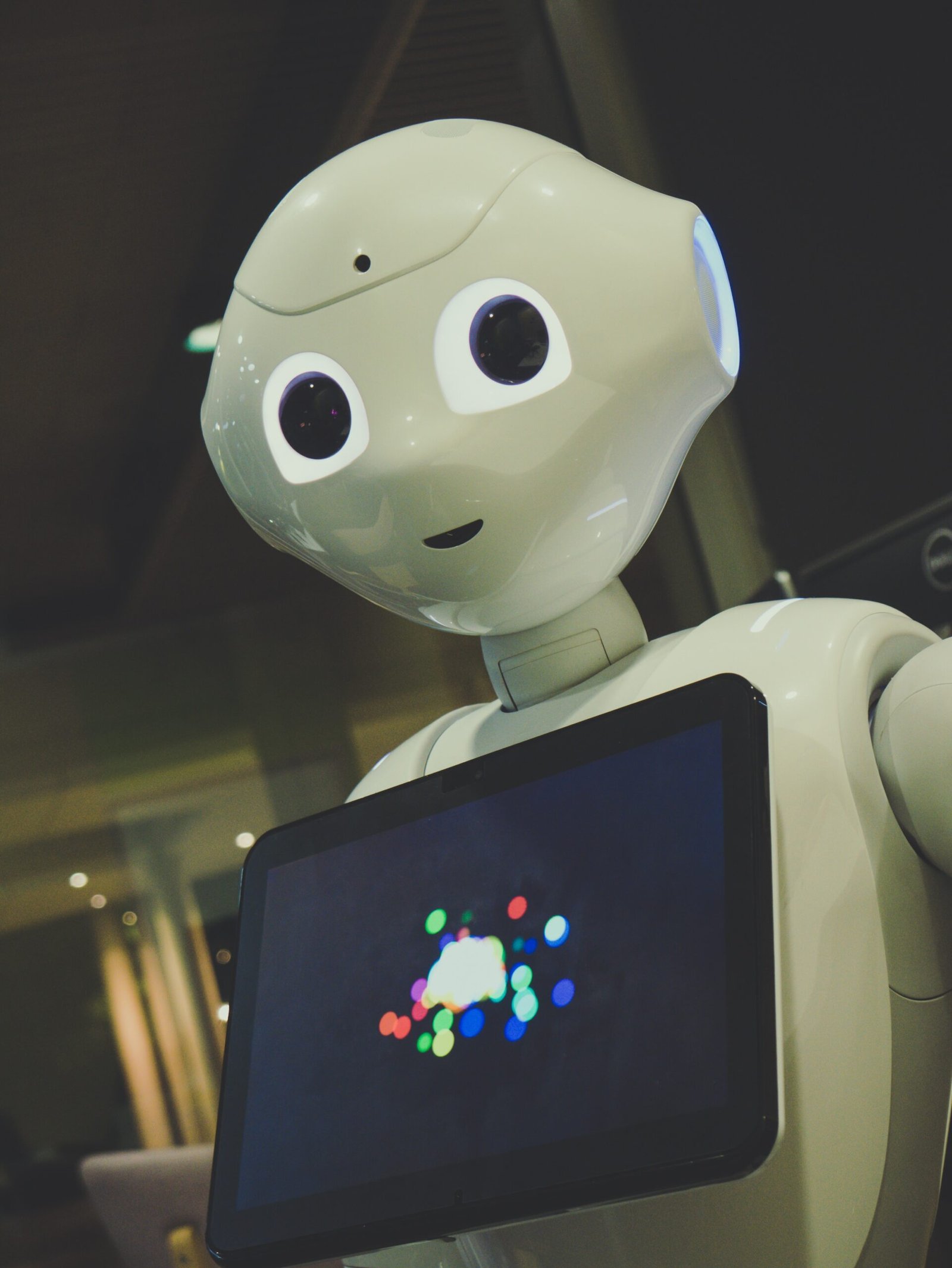Introduction
Artificial Intelligence (AI) has become an integral part of our lives, impacting various industries and transforming the way we interact with technology. One of the most fascinating applications of AI is the development of conversational agents, such as ChatGPT. In this blog post, we will delve into the basics of AI and explore how ChatGPT works, providing a comprehensive guide for beginners.
What is Artificial Intelligence?
Artificial Intelligence refers to the simulation of human intelligence in machines that are programmed to think and learn like humans. It involves the development of computer systems capable of performing tasks that typically require human intelligence, such as speech recognition, decision-making, problem-solving, and natural language processing.
The Role of AI in ChatGPT
ChatGPT is an AI language model developed by OpenAI. It utilizes a deep learning technique called Generative Pre-trained Transformer (GPT) to generate human-like responses in a conversational manner. GPT models are trained on vast amounts of text data to learn patterns and generate coherent and contextually relevant responses.
How Does ChatGPT Work?
ChatGPT works by using a combination of unsupervised learning and fine-tuning. During the unsupervised learning phase, the model is exposed to a massive dataset containing parts of the internet to learn grammar, facts, and reasoning abilities. This pre-training allows the model to acquire a broad understanding of language and context.
After pre-training, the model goes through a fine-tuning process where it is trained on a more specific dataset with human reviewers providing feedback and guidance. The reviewers follow guidelines to review and rate possible model outputs, helping to improve the overall quality and safety of the responses.
Benefits of ChatGPT
ChatGPT offers numerous benefits and use cases:
- Customer Support: ChatGPT can be used to provide instant and personalized customer support, answering frequently asked questions and resolving common issues.
- Content Generation: It can assist content creators by generating ideas, suggesting improvements, and helping with writer’s block.
- Language Learning: ChatGPT can act as a language learning companion, providing practice conversations and answering language-related queries.
- Research Assistance: Researchers can utilize ChatGPT to gather information, summarize papers, and explore new ideas in their respective fields.
Limitations and Ethical Considerations
While ChatGPT is a remarkable achievement, it does have limitations and ethical considerations to be aware of:
- Accuracy and Bias: ChatGPT may generate inaccurate or biased responses, as it relies on the data it was trained on. Efforts are being made to minimize biases and improve the accuracy of the model.
- Unintended Harm: ChatGPT can sometimes provide inappropriate or harmful responses. OpenAI is actively working on reducing harmful outputs and providing safety measures.
- Privacy and Security: Conversations with ChatGPT may be stored for research and development purposes. OpenAI is committed to protecting user privacy and ensuring secure usage of the model.
The Future of AI and ChatGPT
As AI technology continues to advance, we can expect ChatGPT and similar conversational agents to become even more sophisticated and capable. OpenAI is actively working on refining and expanding the capabilities of ChatGPT, while also addressing the ethical concerns associated with AI.
Conclusion
Artificial Intelligence and ChatGPT have revolutionized the way we interact with technology, enabling human-like conversations and providing valuable assistance in various domains. Understanding the basics of AI and the workings of ChatGPT can help us make the most of this remarkable technology while being mindful of its limitations and ethical considerations.
Whether it’s customer support, content generation, language learning, or research assistance, ChatGPT offers exciting possibilities for individuals and businesses alike. As AI continues to evolve, we can look forward to even more innovative applications and advancements in the field.

